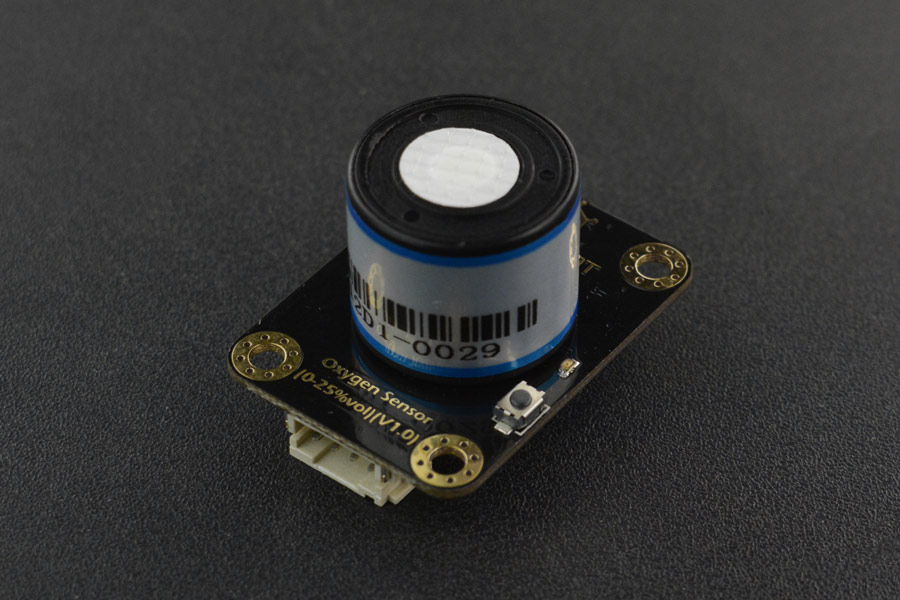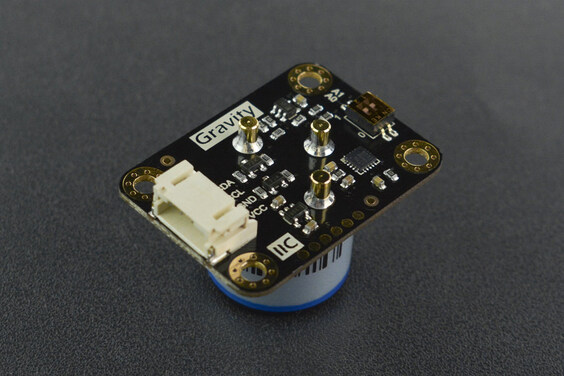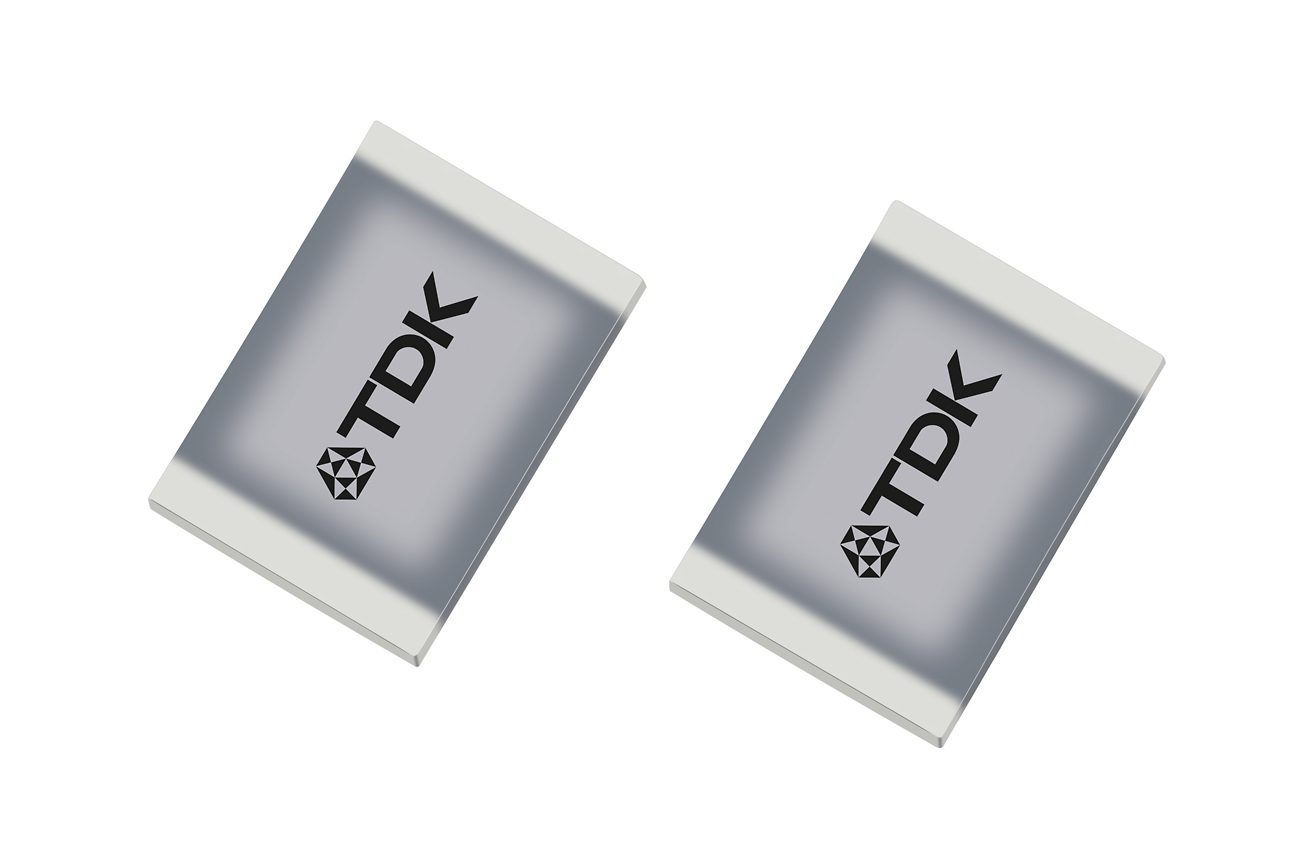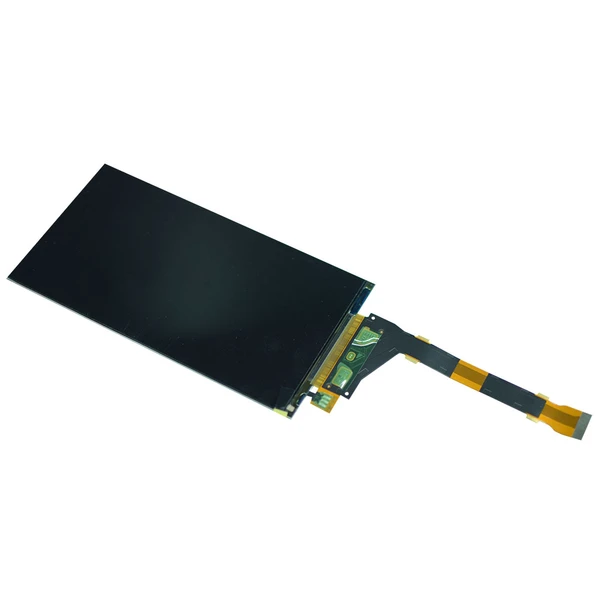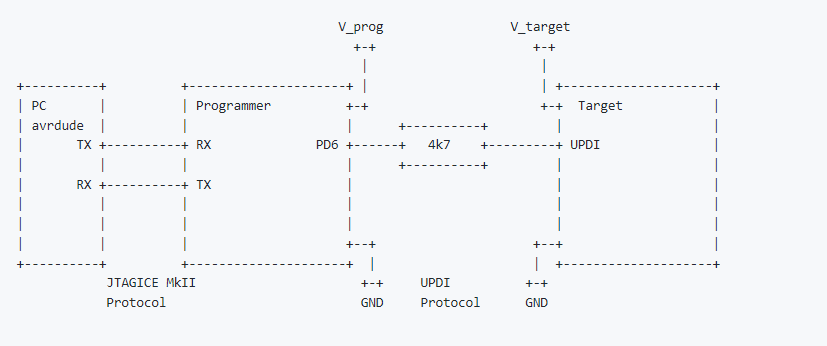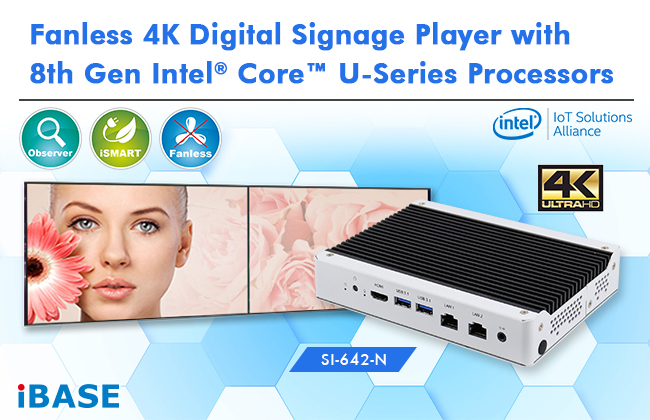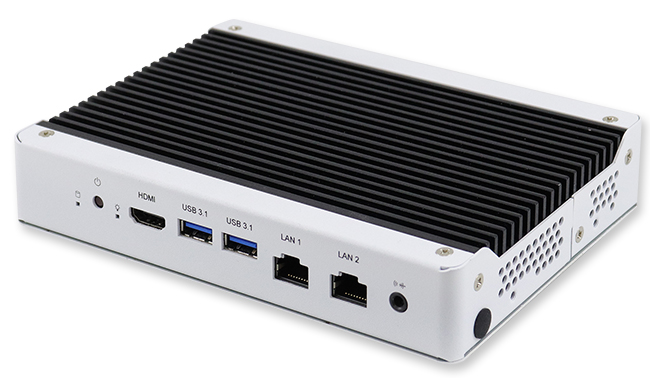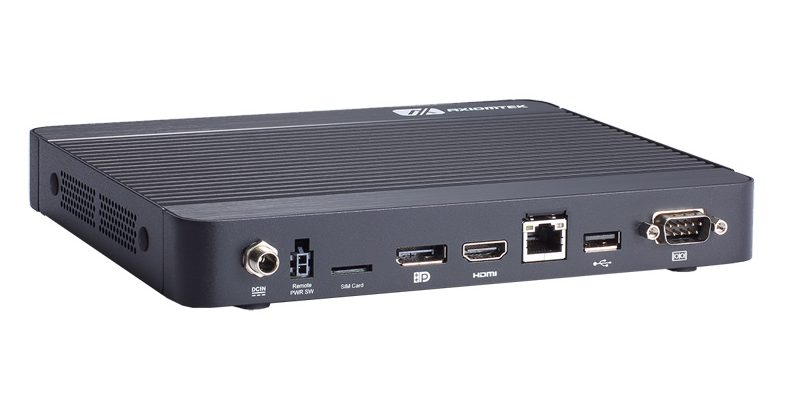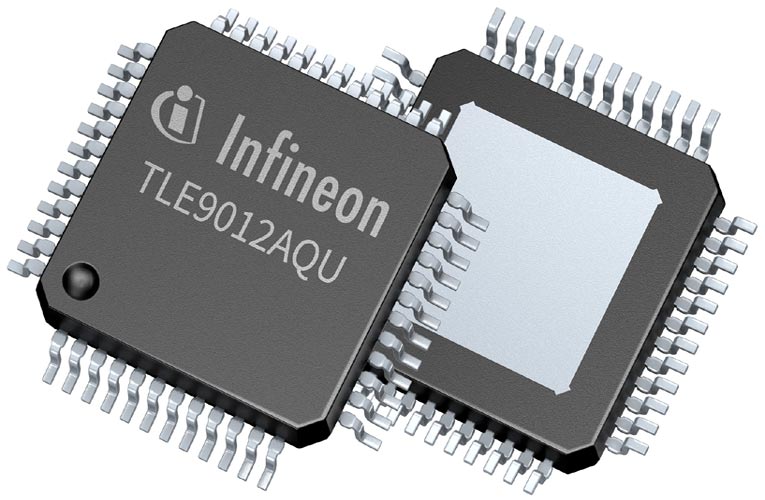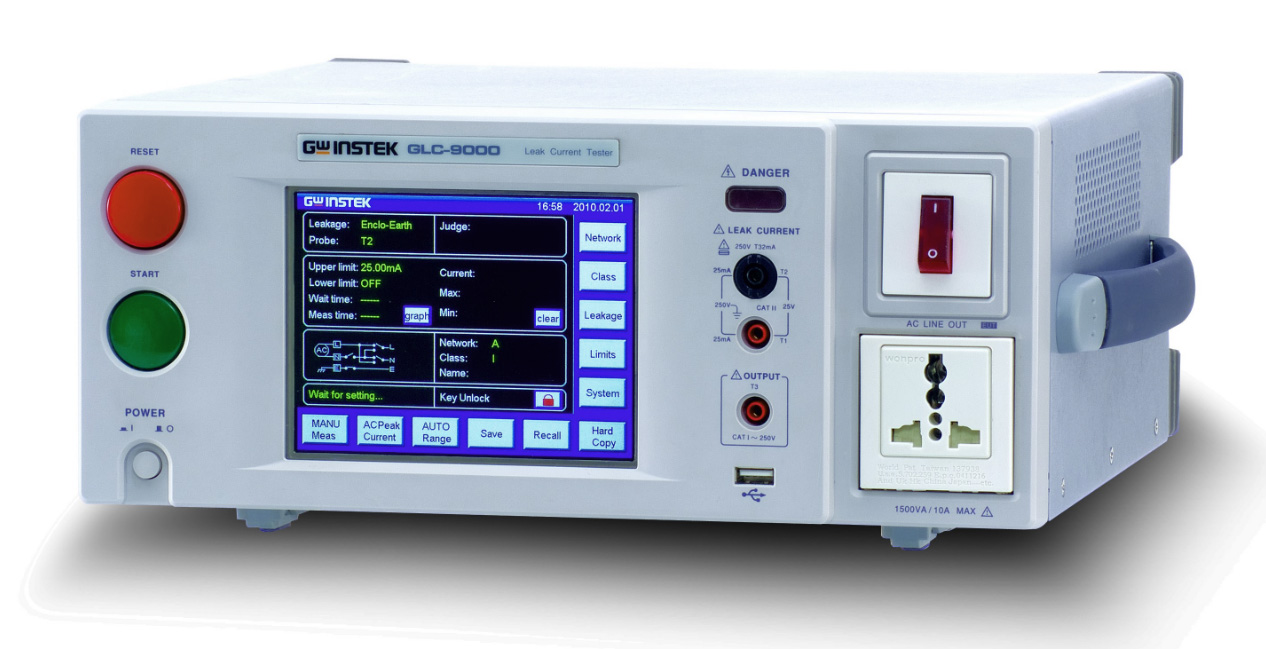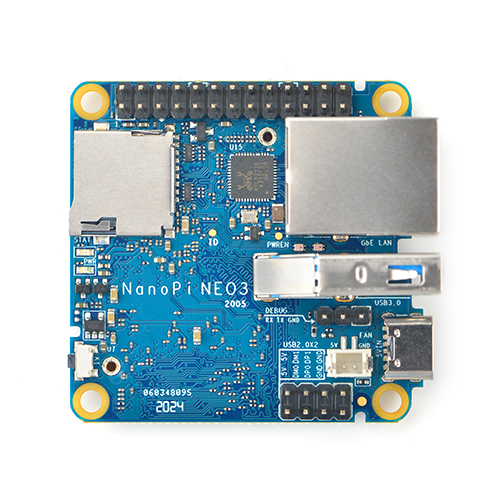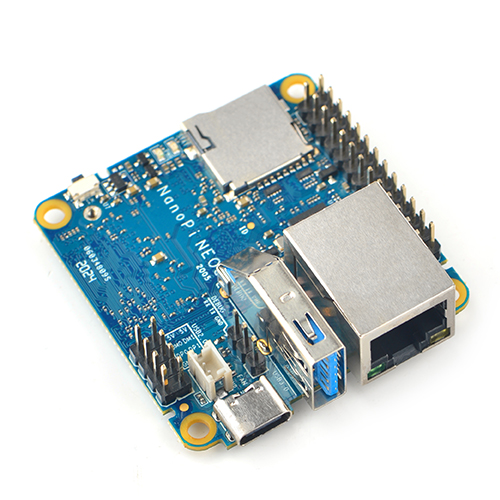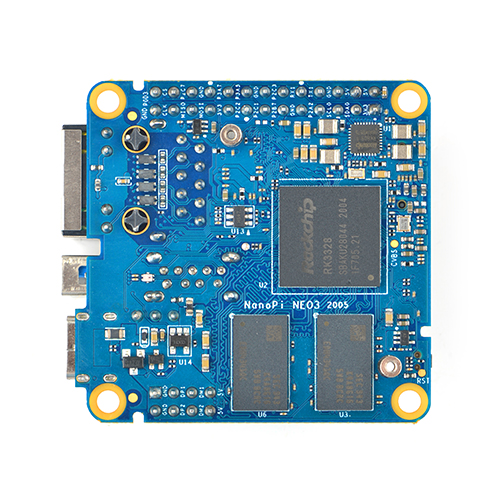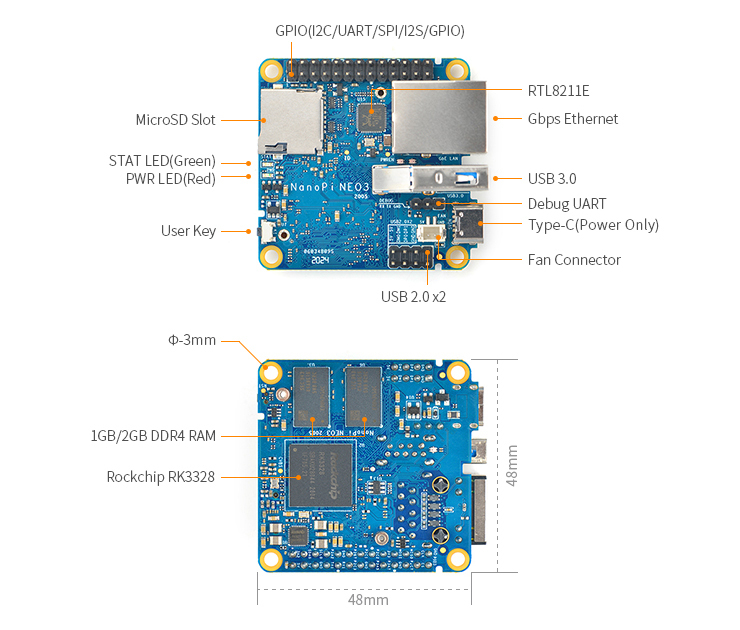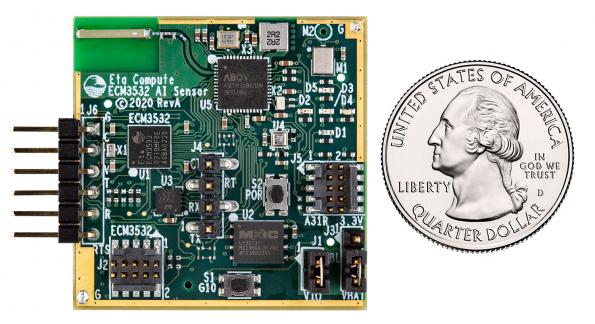The Gravity: I2C Oxygen Sensor is based on electrochemical principles and it can measure the ambient O2 concentration accurately and conveniently. With high anti-interference ability, high stablility and high sensitivity, this arduino-compatible oxygen sensor can be widely applied to fields like portable device, air quality monitoring device, and industries, mines, warehouses and other spaces where air is not easy to circulate.
Features
- High sensitivity
- I2C Interface
- Compatible with both 3.3V and 5V micro-controllers
- Polarity protection
Specification
- Detection of Gas: oxygen
- Operating Voltage: 3.3 to 5.5V DC
- Output Signal: I2C output
- Measurement Range: 0~25%Vol
- Maximum Measurement limit: 30%Vol
- Resolution: 0.15%Vol
- Sensitivity: (0.10±0.05) mA (in the air)
- Stability: <2% (Every month)
- Repeatability: <2%
- Response Time: ≤15 seconds
- Operating Temperature: -20~50℃
- Operating humidity: 0~99%RH (no condensation)
- Pressure Range: standard atmospheric pressure ±10%
- Lifetime:> 2 years (in the air)
- Dimension(L x W x H): 37 * 27 * 24.5 mm/1.46 * 1.06 * 0.97 inches
- Weight:0.037kg
This compact dfrobot oxygen sensor supports I2C output, it can be calibrated in the air, can accurately measure the oxygen concentration in the environment. It is compatible with many mainboards like Arduino Uno, esp32, Raspberry Pi, and so on. Its effective range is 0~25%Vol, and resolution can reach to 0.15%Vol. It supports wide range input voltage: 3.3V to 5.5V. Moreover, the lifetime is as long as 2 years. With a simple Gravity interface and practical sample code, you can build your own oxygen concentration monitor easily and conveniently.


